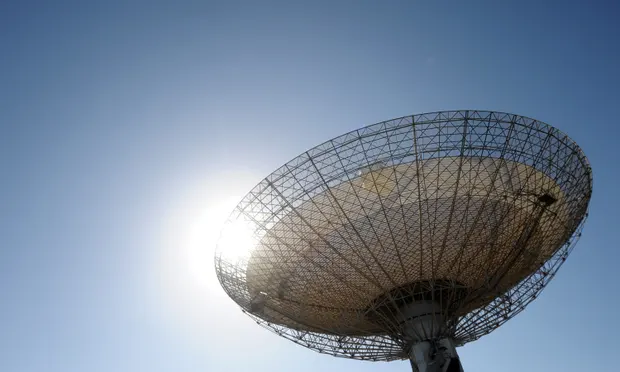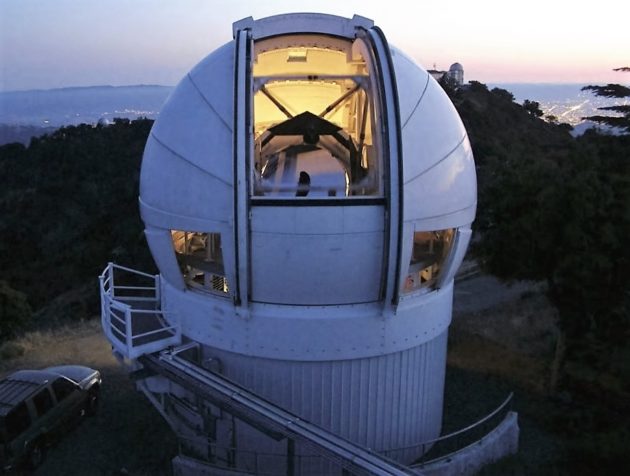Two astronomers have generated a debate by claiming that they may have found the spectral signature of messages from an extraterrestrial civilization – but the debate is mostly over whether the claims are worth publishing.
The claims are contained in a research paper that was written by Ermanno Borra and Eric Trottier of Quebec’s Laval University. The paper is scheduled to appear in the Publications of the Astronomical Society of the Pacific.
Borra and Trottier combed through 2.5 million readings from distant stars that were recorded by the Sloan Digital Sky Survey, looking for periodic variations in the spectral characteristics of the starlight. In 234 cases, they found a periodic variation in the spectral pattern, mostly in the light coming from sunlike stars.
The astronomers said the variations “have exactly the shape” of light pulses that could have been produced by extraterrestrial intelligence, or ETI. In previously published research, Borra predicted that such pulses might constitute evidence of alien signals.
The paper rules out some of the alternate explanations for the patterns, and ends up favoring the ETI hypothesis.
“However, at this stage, this hypothesis needs to be confirmed with further work,” the astronomers say. “Although unlikely, there is also a possibility that the signals are due to highly peculiar chemical compositions in a small fraction of galactic halo stars.”
The fact that the paper was accepted for publication in a peer-reviewed journal attracted attention from the wider astronomical community. In a statement, the Breakthrough Listen project said the stars that Borra and Trottier identified “are certainly worthy of additional study.”

“However, extraordinary claims require extraordinary evidence,” the Breakthrough Listen team at the Berkeley SETI Research Center said in its statement. “It is too early to unequivocally attribute these purported signals to the activities of extraterrestrial civilizations.”
The team pointed out that the spectral patterns could have been caused by errors in calibration or data analysis, or by lesser-understood natural phenomena.
It said several stars from the Borra-Trottier sample would be observed using the 2.4-meter Automated Planet Finder telescope at the Lick Observatory in California. “The capabilities of the APF spectrograph are well matched to those of the original detection, and these independent follow-up observations will enable us to verify or refute the reported detections,” the team said.
For now, the Breakthrough Listen team rated the detection as a zero to 1 on the Rio Scale for SETI observations – in other words, of little to no significance.
This week’s claims come in the wake of earlier SETI controversies, including the detection of anomalous patterns of brightness in a star known as KIC 8462852 or Boyajian’s Star, and a spurious radio blip that was initially associated with a sunlike star called HD 164595. In part because of those earlier cases, commentators were forearmed with Twitter critiques this time around. Here’s a sampling:
